Second coming of Tatarstan’s Avtodoriya looming in Russia
The Ministry of Internal Affairs, Ministry of Transport and the State Duma returned to discussing the issue of punishing drivers for exceeding the average speed
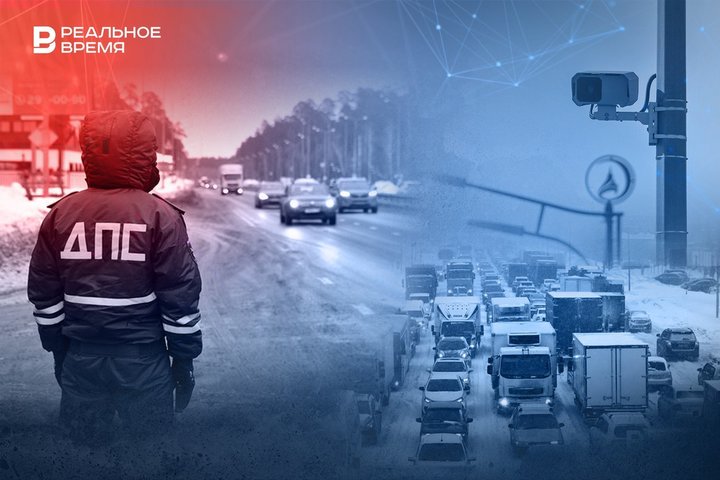
The question of the revival of the Tatarstan Avtodoriya has become relevant on the roads of Russia again. The Ministry of Transport and the Ministry of Internal Affairs returned to the topic of returning responsibility for exceeding the average speed between cameras on the roads. At the same time, the Ministry of Internal Affairs officially stated that they did not support the introduction of fines for this violation. Realnoe Vremya has figured out the prospects of resuming the experiment initiated by Tatarstan 12 years ago, the pros and cons of controlling the average speed of traffic on the roads and the real motives that drive its supporters.
They want to repeat the experiment terminated by the Supreme Court of Russia
First Deputy Minister of Transport of the Russian Federation Valentin Ivanov shared with journalists information that the Ministry of Transport, together with the Ministry of Internal Affairs, are working on the issue of punishing drivers for exceeding the average speed on the road sections between the cameras. Less than a day later, the Ministry of Internal Affairs of the country officially stated that they did not support this idea. However, as it turned out, it has quite a lot of supporters, and not only in Tatarstan, where in 2013 it was developed and “tested” as an experiment.
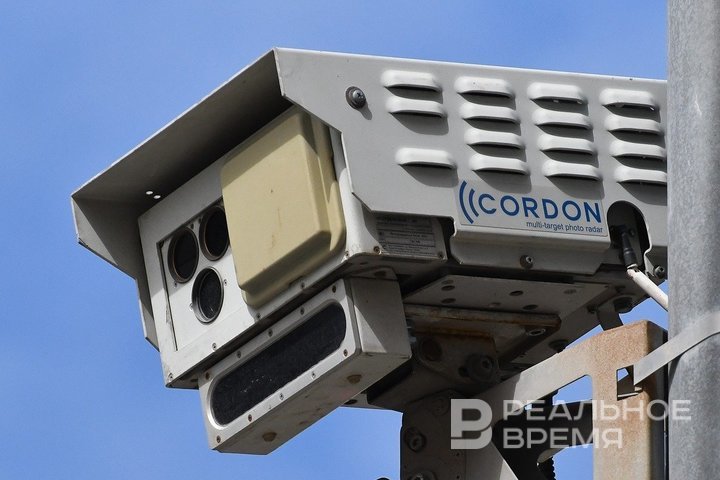
For example, deputies of the Yamalo-Neets Autonomous District Legislative Assembly proposed using Yamal as an experimental site for this initiative. The legislative assembly of the region informed Realnoe Vremya that on January 10, 2025, a draft federal law was submitted to the government of the Russian Federation “On conducting an experiment in the field of traffic in the Yamalo-Nenets Autonomous Okrug to control the average speed of vehicles.”
“The essence of the legislative initiative is to define the concept of 'average speed' and fix the rules for determining the place and time of an offense in federal legislation," the YAMAO Legislative Assembly explained. “The draft federal law was developed in order to reduce the number of road accidents related to speeding. According to the authors of the legislative initiative, the adoption of the draft law should ensure the possibility of achieving the main indicators of state programs of the Russian Federation — reducing deaths as a result of road accidents by one and a half times by 2030 and by two times by 2036 compared to 2023.”
They stressed that Yamal was ready to act as a platform for conducting the experiment to control the average speed of vehicles in order to ensure the development of optimal legal norms for its implementation throughout the country. They also noted that everything necessary for conducting the experiment is available in the region: 101 photo— and video-recording complexes have been installed on Yamal roads, including 168 speed cameras.
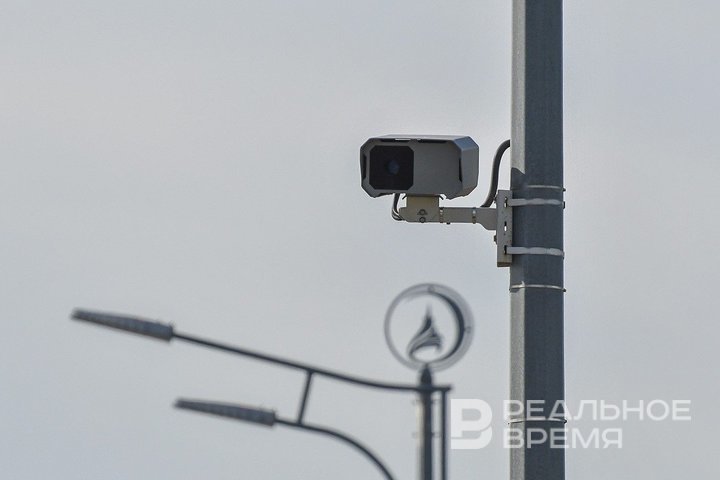
The Vologda region is also ready to conduct an experiment on average speed control. They have come up with a similar legislative initiative and proposed to “legitimise” the definition of the average speed of a car as the ratio of the length of a speed-limited road section to the time it took the vehicle to overcome this section.
That is, in fact, the initiators of the projects want to eliminate the gap in the Traffic Code, which played a crucial role in the abolition of fines for exceeding the average speed by the Supreme Court of Russia, starting in 2019. The main argument then was that when determining the average speed, the specific time and place of the administrative offense remain unidentified, and the concept of the average speed of a vehicle is missing from the Traffic Code and Administrative Code.
The press service of the Ministry of Transport of Russia responded to a request from Realnoe Vremya about the prospects for the return of Avtodoriya as follows:
“Some regions have sent proposals to the Russian Ministry of Transport on the introduction of liability for drivers exceeding the average speed between cameras on the roads. As First Deputy Minister of Transport Valentin Ivanov noted, this issue was indeed worked out earlier, but the position on it remained unchanged. The Ministry of Transport is currently not working on these proposals.”
“There is an effect of this measure”
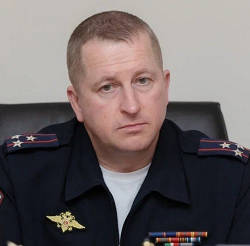
Savin stressed that the argument that the driver is unable to monitor the average speed is untenable, since, observing the speed limit as a whole, he will definitely not exceed the average speed:
“You can't fool the laws of physics. If we travel from point A to point B at a speed of 90 km per hour in 50-55 minutes, and the cameras record a shorter time, it means that the speed limit had been exceeded.”
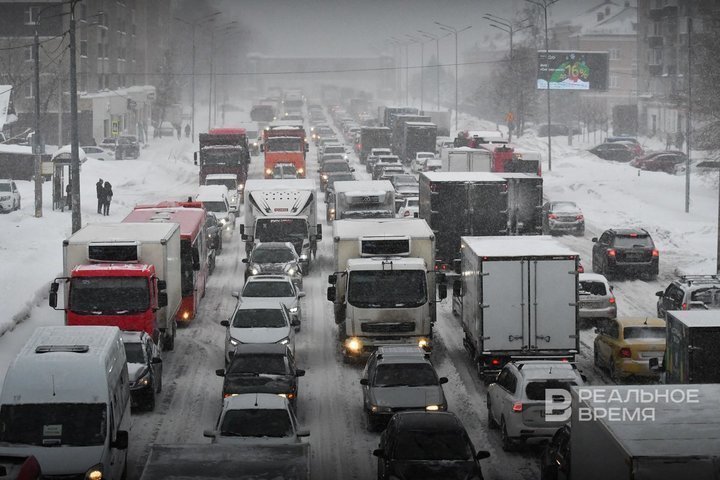
Mikhail Savin believes that it might make sense to conduct an experiment with the introduction of liability for exceeding the average speed in one region or city, widely notifying the population about this and installing information banners on the roads. And then take a certain time interval for such work, compare it with other periods before connecting such cameras, and then, based on the results of this experiment, draw conclusions and make decisions concerning drivers across the country.
“Nothing good came of it”
Dmitry Zolotov, a representative of the Russian Federation of Car Owners (FAR), strongly opposed the initiative to return fines for exceeding the average speed:

Zolotov is also convinced that the true purpose of attempts to return the punishment for exceeding the average speed is to replenish the treasury through fines, and suggests an alternative — to make the roads as safe as possible, including increasing the speed allowed on straight sections of roads, pre-equipping them with a good surface, separation barriers, etc. If this is possible on toll roads, then why it is not done on free roads, that is, those built with taxpayer funds, he says.
In his opinion, it is a dead end to improve road safety only with the help of technical means and fines:
“Reducing the speed on the roads in the city to 40-60 km per hour does not lead to a reduction in accidents — they were and are. Drunks continued to get behind the wheel, although today they are criminally responsible for this. Prevention is needed. Why have almost all traffic police officers been removed from the roads? Because it's profitable to set up a camera, but when the inspector sees it, the driver slows down and doesn't pay the fine. The driver is driving drunk because he knows that there are no inspectors on the road, and the camera will not detect him. The camera won't detect a person who doesn't have a license, only the owner of the car, who may not even have a license. According to statistics, the owner may turn out to be a malicious violator, although he has never driven, and the true violator evades responsibility, and all these statistics become irrelevant, does not prove anything.
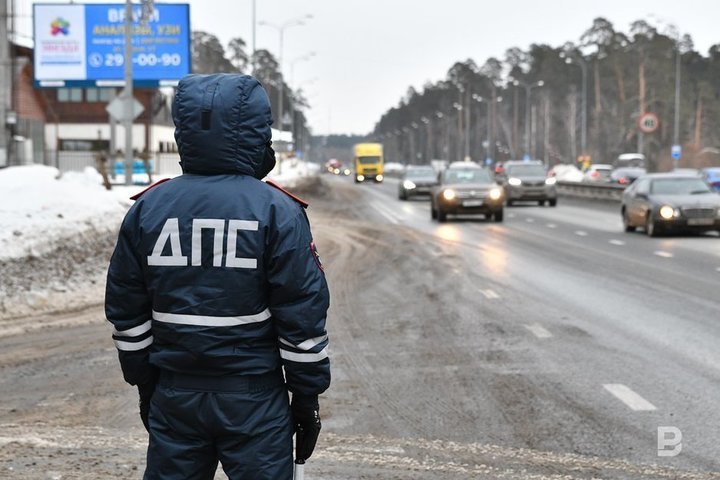
Dmitry Zolotov also noted a recent positive trend — the gradual abandonment of the installation of mobile camera systems on the roads (the notorious cameras on tripods under the protection of former traffic police officers), but attributed this not to the curtailment of the widespread use of automatic traffic control tools, but to their improvement:
“These tripods have already outlived their usefulness, now they are fixed using cameras mounted on moving cars, and fines are immediately issued for violations.”
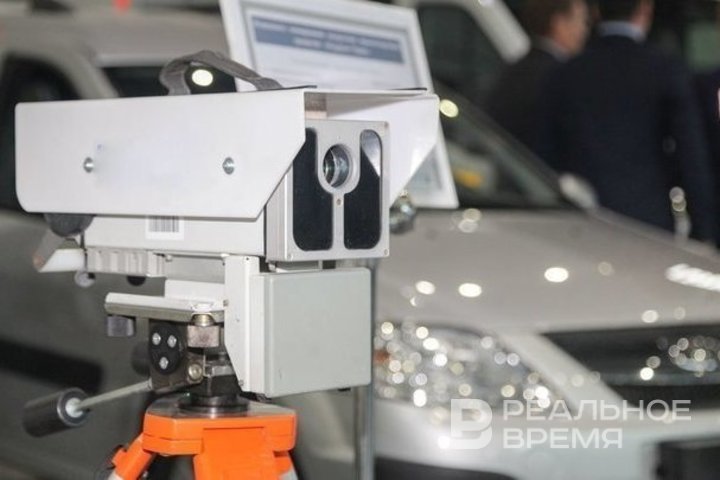
Indeed, back in 2021, the traffic police announced plans to shift the focus from openly standing cameras to covert patrolling of roads by unmarked vehicles.
“The goal is not to collect fines”

Kukhovarenko refuted the claim that the goal of the ideologists of the return of the automatic average speed control system is to collect the largest possible “harvest” of fines. According to him, after getting caught on camera and paying a fine once or twice, most drivers stopped scorching. As a result, the initial flow of fines quickly dries up to a modest trickle, which is replenished, as a rule, only by those who drive through the areas equipped with Avtodoriya irregularly, and those who are malicious violators and do not count the money.
“It's better to divert the proceeds from fines in another direction”
The practice of punishing drivers based on the results of determining the average speed in the past decade has caused sharp rejection by a number of Russian legislators. In 2018, a bill was even submitted to the State Duma on amendments to the Administrative Code to clarify the conditions for bringing to administrative responsibility, according to which it was proposed to exclude information about the average speed on a road section from evidence of an administrative offense. Its initiators referred to the fact that the application of Article 12.9 of the Administrative Code of the Russian Federation in such cases is incorrect, since neither in it nor in the Traffic Code there is such a thing as “average speed”, and for bringing to administrative responsibility it is necessary to fix the offense in a specific place and at a specific time. In April 2024, this bill was rejected.
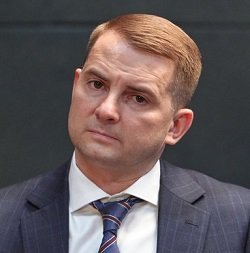
Nilov's key argument against resuming calculations of average speed on the roads is that catching drivers exceeding it means creating additional dangers on the road:
“I have been in charge of the Smolensk region for many years and personally observed how drivers who constantly drove under these cameras act. And they shared this technique on social networks, in chat rooms. People drove an unsafe distance to a heavy-duty vehicle, and drove into the control area so that the camera did not “see” the license plate, and then drove at any speed. It's not safe!”

Yaroslav Nilov also recalled the recent words of Russian Minister of Internal Affairs Vladimir Kolokoltsev that funds from fines are now going to regional budgets and are spent at the discretion of local authorities, with “only part of the revenue in the form of fines for violations directed to road safety, and in some regions a significant proportion is spent to cover costs associated with the contents of the automatic locking system”. Kolokoltsev proposed “legislatively regulating the issue of using this money solely to solve problems of reducing accidents," the deputy stressed.
Among the urgent measures that, in his opinion, should be invested in, Nilov called “rehabilitation” in order to bring road signs and markings into line, eliminate unnecessary signs and unnecessary restrictions, synchronise the operation of all traffic lights, separate oncoming traffic with bumps on all expressways, eliminate roadway defects — holes and potholes.